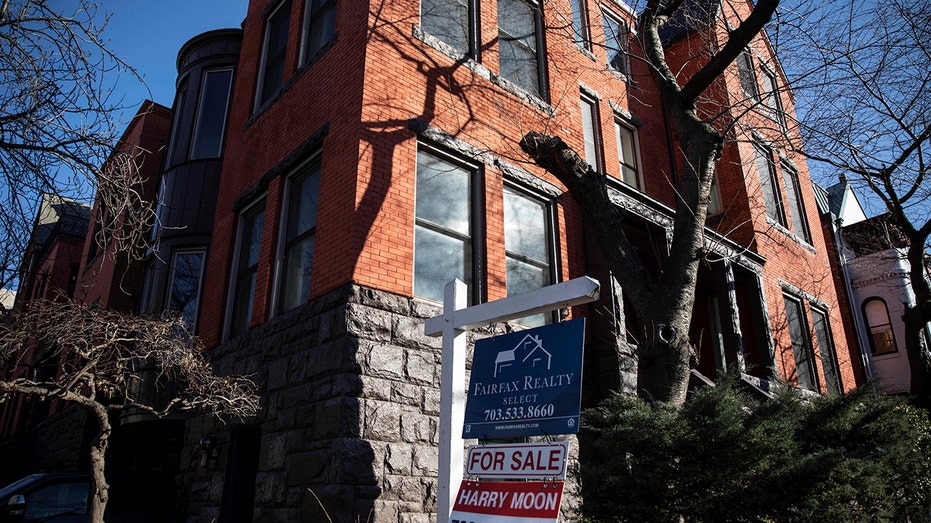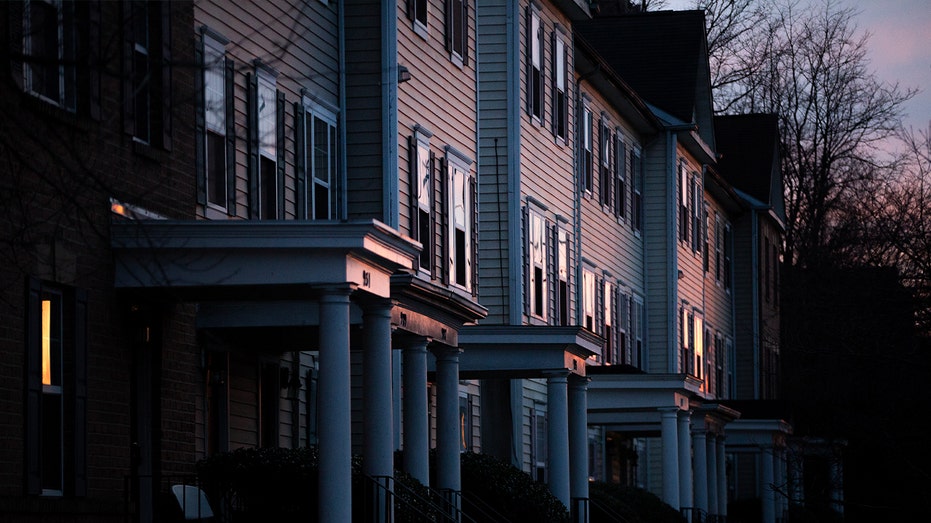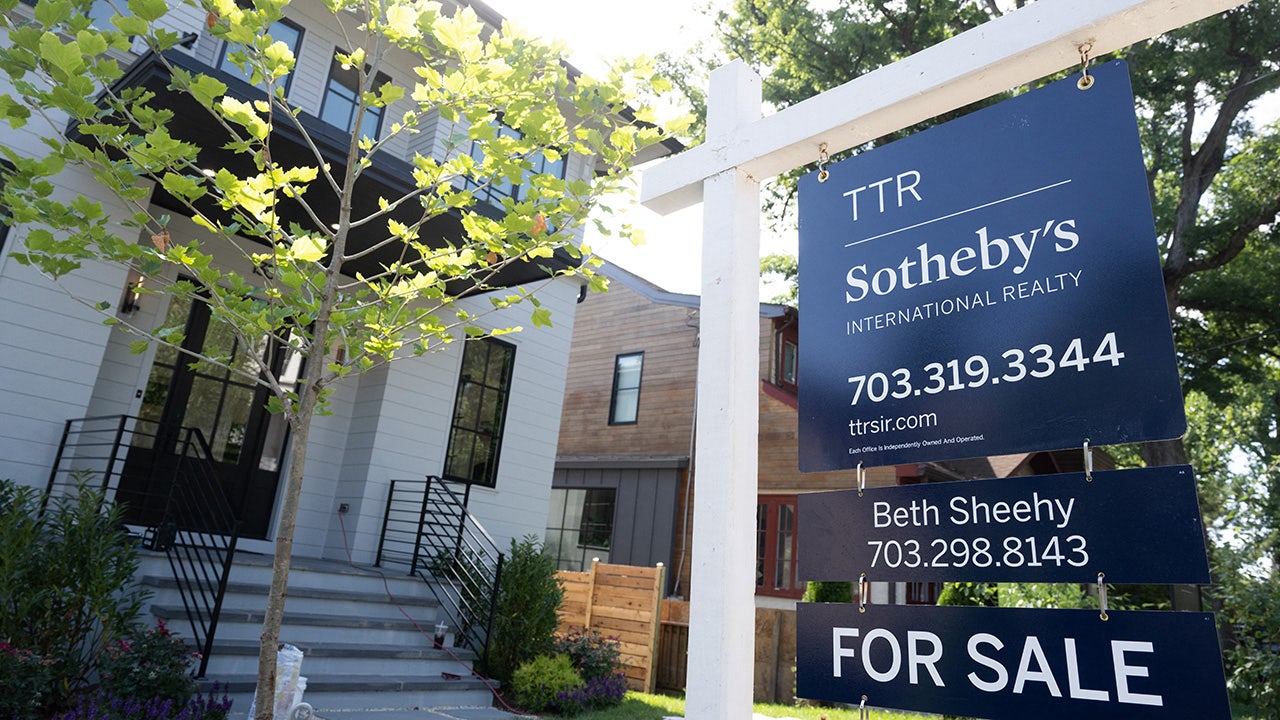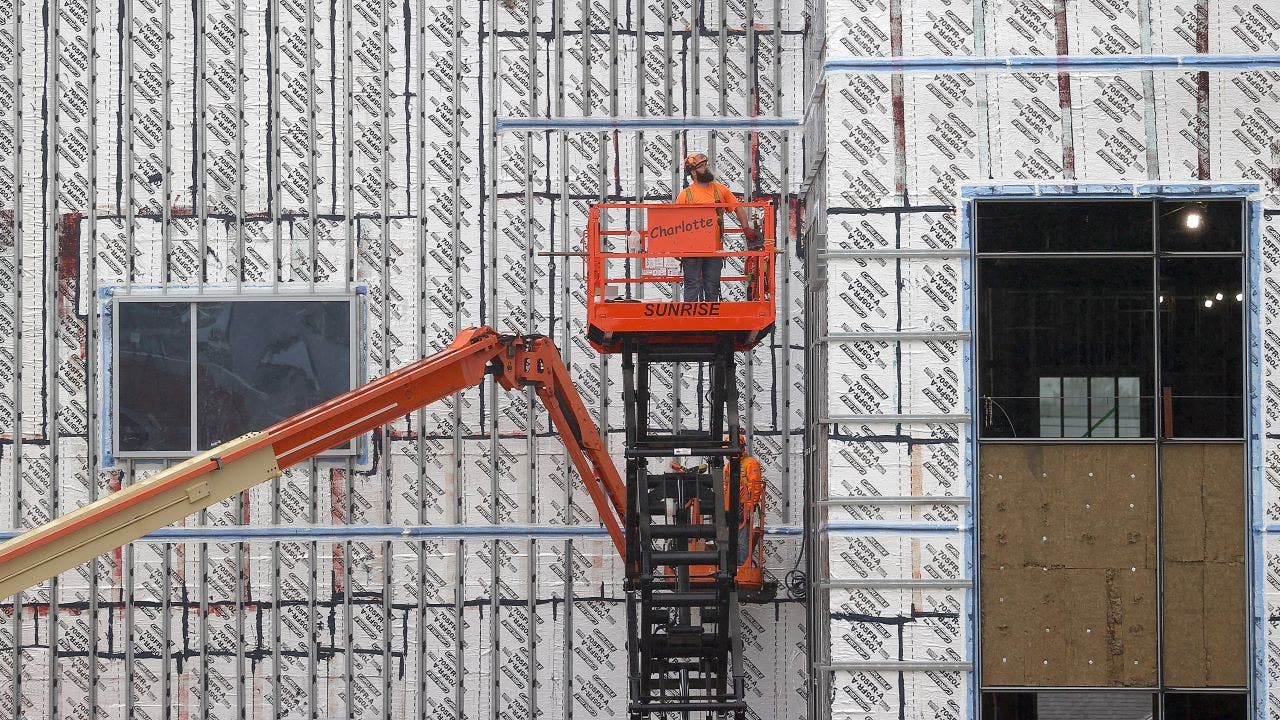Metros in Virginia, Colorado and North Carolina with younger, more mobile populations stand to benefit the most as mortgage rates drift into the low 6% range, according to a new report from Realtor.com.
The Federal Reserve announced the first interest rate cut of the year last week with policymakers lowering its benchmark interest rate by 25 basis points. Mortgage rates don’t always fall in lockstep with Fed moves, but cuts often create downward pressure on borrowing costs. Last week, the 30-year fixed-rate mortgage dropped to 6.26%, down from the prior week’s average of 6.35%.
Currently, more than 80% of existing mortgages have a rate of 6% or lower, so as mortgage rates approach the 6% level, Realtor.com economists project there will be more movement in the market, especially in areas with high mortgage usage. Last week, the share of mortgage applications that were refinanced climbed to its highest level nationwide since January 2022, according to Freddie Mac’s chief economist, Sam Khater.
FED CUTS INTEREST RATES FOR FIRST TIME THIS YEAR AMID WEAKENING LABOR MARKET
As refinancing activity picks up nationwide, Washington, D.C., Denver, Virginia Beach and Raleigh are especially positioned to feel the biggest impact, according to the Realtor.com report. Those metros have the largest share of mortgaged households, which means those metros are poised to see a particular boost in buyer demand as conditions improve, according to Realtor.com economists.
Comparatively, Miami, Buffalo and Pittsburgh are among the least mortgage-reliant metros, which suggests that their housing markets may be slower to respond to falling rates, according to the report.
INFLATION REMAINED STUBBORNLY HIGH IN AUGUST AS FED WEIGHS RATE CUTS
“Falling mortgage rates open doors for many would-be buyers and sellers, but where you live determines how much the market shifts in response to the opportunity,” Realtor.com chief economist Danielle Hale said, noting that markets such as Denver or Washington, D.C., lower rates are more likely to spark renewed activity given that most owners are still paying off their mortgages. In Washington, D.C. in particular, nearly three-quarters of owned homes carry a mortgage.

However, areas with older populations and outright owners, such as Buffalo or Miami, may see a lower market-level response, even though lower rates are a difference-maker for some individuals in these markets.
IS A MORE AFFORDABLE HOUSING MARKET ON THE HORIZON?
The good news is that for people who bought homes earlier in life, the rising property values allow them to build equity over time. That equity can be used to refinance, or to sell and downsize, reducing or eliminating the need for new mortgage debt.
Meanwhile, for first-time buyers, easing mortgage rates can unlock affordability and expand choices, according to the report.
The seller’s luck will be based on geography. For instance, those in high-mortgage metros may see faster-moving markets and stronger competition, while sellers in outright-owner markets may find conditions steadier and less volatile.

Here are the top 10 Metros with the highest share of mortgaged households:
- Washington, D.C. – 73.6%
- Denver, Co. – 72.9%
- Virginia Beach, Va. – 70.7%
- Raleigh, N.C. – 70.7%
- San Diego, Calif. – 70.0%Baltimore, MD. – 69.4%
- Baltimore, MD. – 69.4%
- Atlanta, Ga. – 69.2%
- Seattle, Wash. – 69.1%
- Portland, Ore. – 68.5%
- Richmond, Va. – 68.3%
Here are the top 10 metros with the highest share of outright owners:
- Miami, Fla. – 44.8%
- Buffalo, N.Y. – 44.2%
- Pittsburgh, Pa. – 44.2%
- Detroit, Mich. – 42.3%
- Tampa, Fla. – 42.3%
- Houston, Texas – 42.2%
- Tucson, Az. – 41.9%
- San Antonio, Texas – 41.5%
- Birmingham, Ala. – 41.0%
- New York, N.Y. – 40.1%
Read the full article here















